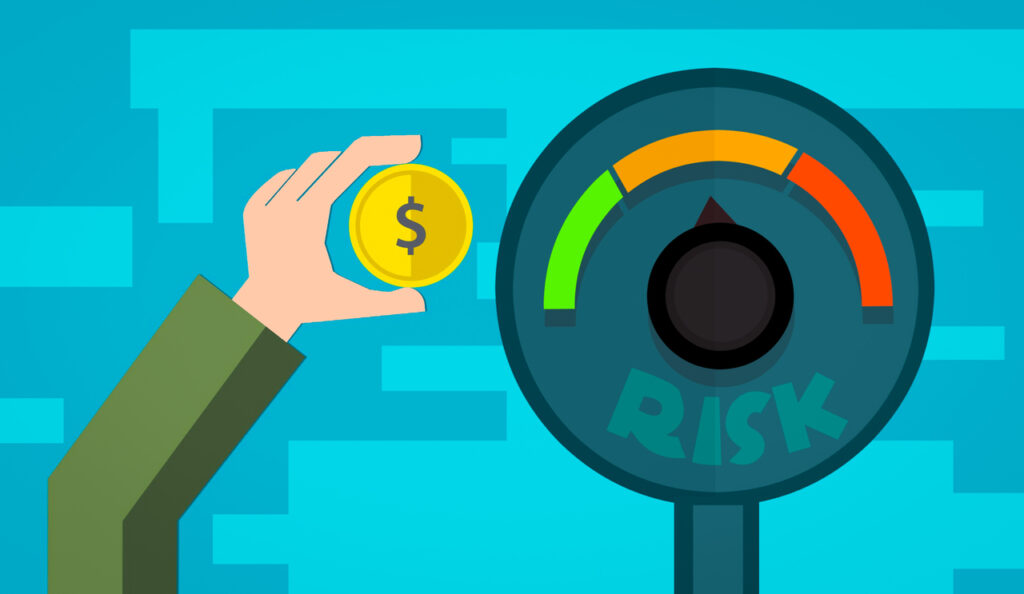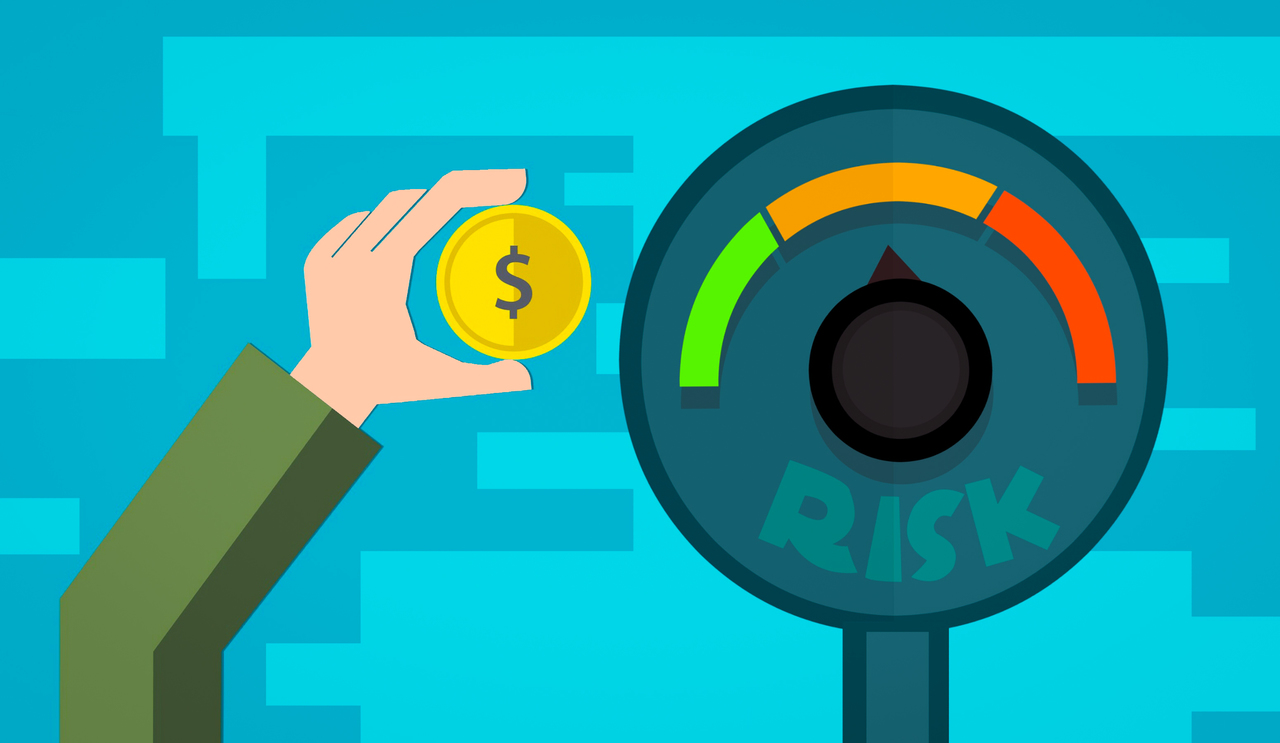
If you have done any kind of research about how to invest your savings or about wealth management itself, you have certainly stumbled upon the terms “active” and “passive” investing, especially when dealing with investment funds. But what do these terms actually mean? Which one is better? Which one should I choose?
Table of Contents
See below some of the main differences between the two approaches and to what scenarios or risk profiles they should be most adequate to.
What is active Investing?
As the name implies, active investing means that the investment portfolio is manually created and managed to make a profit. For example, in a fund, the portfolio manager would be directly selecting and manipulating assets based on his own assessment of it’s worth and a strategy that would be more profitable than if he simply copied or invested in the market indexes, such as the S&P 500, NIKKEI 225 or NASDAQ Composite.
This type of investment requires good confidence in the Portfolio Manager’s work, as his own decisions tremendously affect the fund’s performance. A successful active investor needs to be right more often than wrong.
What is Passive Investing?
Being a passive investor would mean that, in contrast to active investing, the assessment process towards making an investment does not exist individually. Your goal is to match the performance of any given market index rather than attempting to outperform it. A passive investor bets in an index or a market in its entirety.
By not having to do a comprehensive research of specific assets or managing directly your assets all the time, this type of investment tends to be cheaper in terms of fees than an active investment, however, it should have limited gains as it’s not trying to perform better than any market.
Pros and Cons of Each?
Active investing does not have to follow any specific index, just to outperform it. Therefore, it should provide a good amount to flexibility and increase the odds of finding great performing individual stocks that wouldn’t otherwise be relevant in a passive investment, based on the research team’s efforts and the Portfolio Manager’s instincts. This can also bring a higher active risk to the investment, as the portfolio can also under perform towards its peers. Additionally, having a bigger team means a higher payroll, which also means much more expensive administrative and performance fees than what you would find in a passive fund.
On the other hand, a passive investor does not need to worry about higher fees, taxes or an active risk on his own investments, since there’s not a Portfolio Manager and a research team behind stock picking. As with any long-term strategy, taxes are usually lower for this type of investment as capital gains for the year tend to not be too high. Passive investing also means that you know exactly what your money is being invested into, as these types of portfolios need to follow strict guidelines and prospectuses to maintain its strategy. There are some downsides to passive investing as well, such as being limited to a few options based on an index or a group of investments, not being able to take any additional profits in specific scenarios where an active fund would reallocate its assets towards the most profitable ones at that time. Consequentially, the returns tend to be smaller than active investments, but are also less risky and more consistent, which is more attractive for an enduring strategy.
What should you choose?
This is not a simple answer and depends a lot on how much are you planning to save and how long do you plan on keep your money invested. Active investments tend to be more profitable in the short-term but also riskier, as it depends a lot on current economic trends and politics news. A passive investment is more adequate if you don’t plan to use your assets and can stick to a strategy for a long time.




